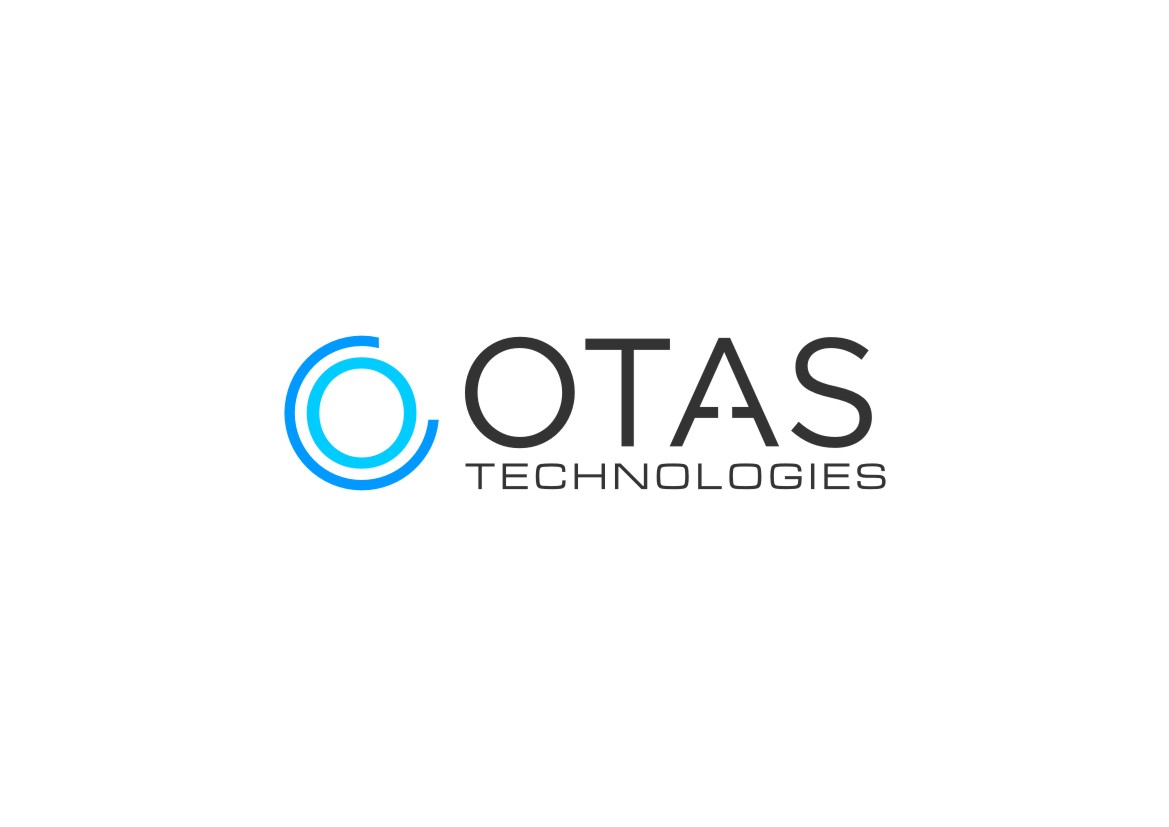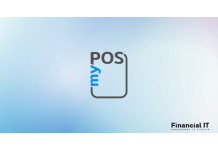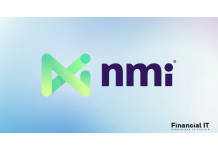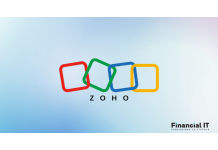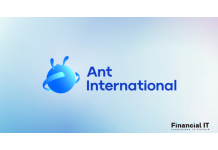myPOS Completes Acquisition Of Munich-Based LAVEGO
- 11.12.2025 02:30 pm
Pension-Finding Platform Raindrop Has Reunited Savers...
- 11.12.2025 09:10 am
Mastercard And McLaren Formula 1 Team Invite Fans To...
- 10.12.2025 09:45 am
NMI Launches Business Capital Offering Fast, Pre-...
- 10.12.2025 08:05 am
Zoho Launches Solutions For Enterprise Billing And...
- 09.12.2025 09:05 am
WNBA Star Sabrina Ionescu Named Ant International...
- 09.12.2025 08:55 am
Robinhood Is Coming To Indonesia
- 08.12.2025 01:45 pm
Moneybox Partners With Amundi To Bolster Its Wealth...
- 08.12.2025 10:15 am
YouLend And Upwork Partner To Expand Financial Access...
- 08.12.2025 10:15 am
Broadridge’s Shareholder Disclosure Hub Migrates To...
- 08.12.2025 08:55 am
Sidetrade Demonstrates Industry-Leading ESG...
- 08.12.2025 08:35 am
63% Of SMBs Secure First-Ever Funding Through Embedded...
- 05.12.2025 11:55 am

